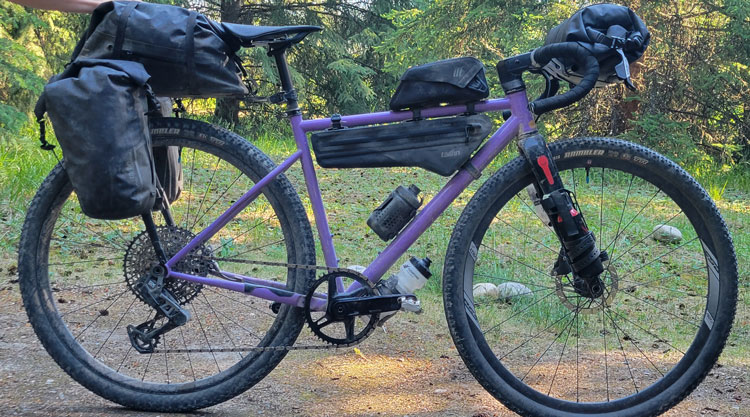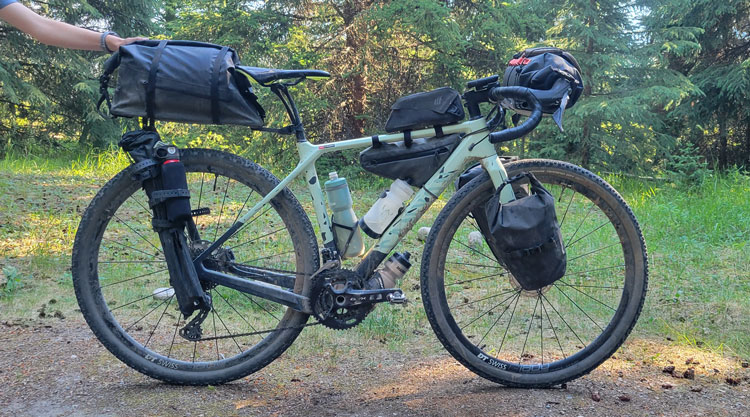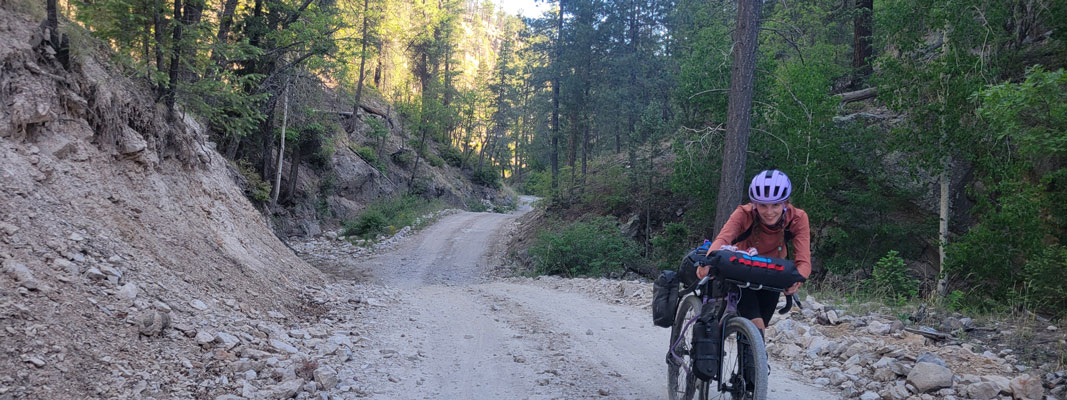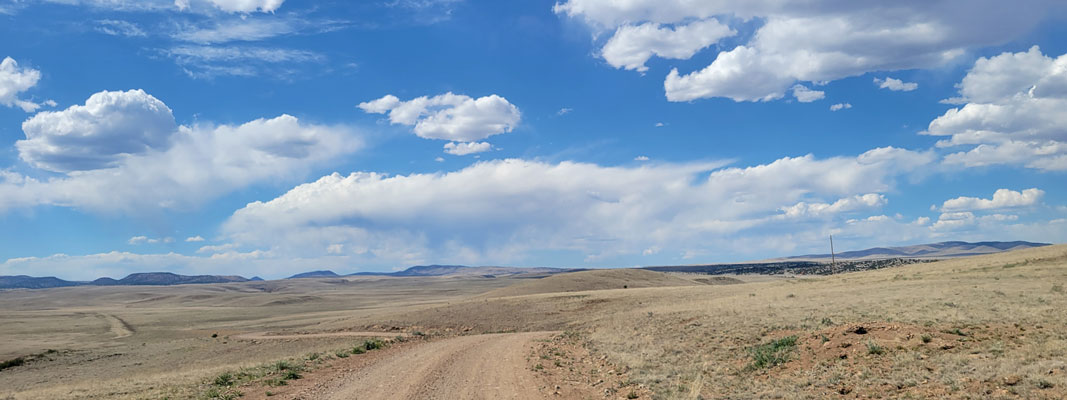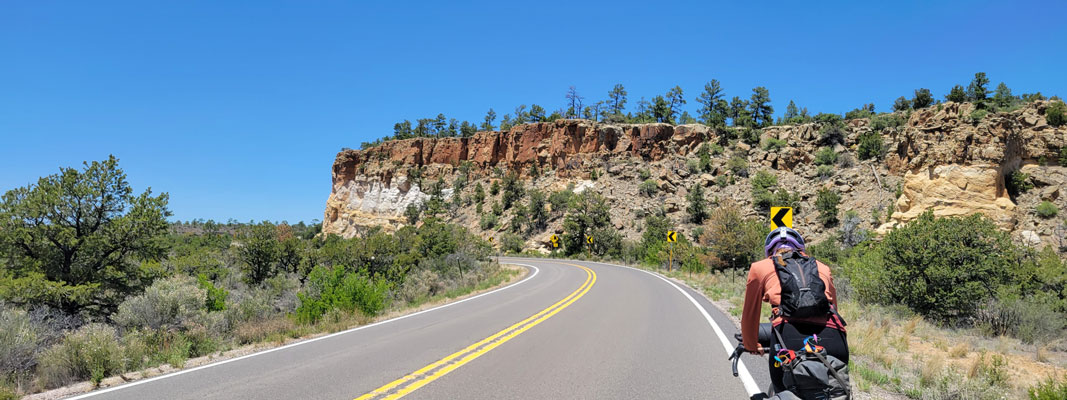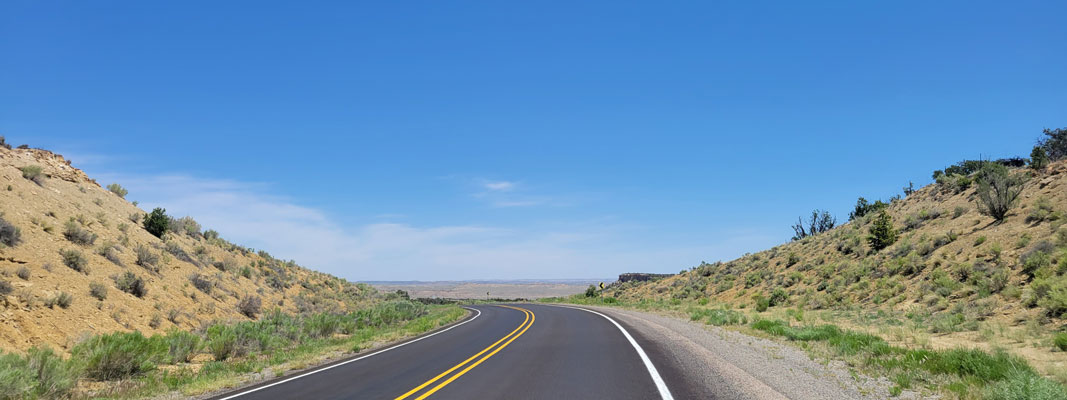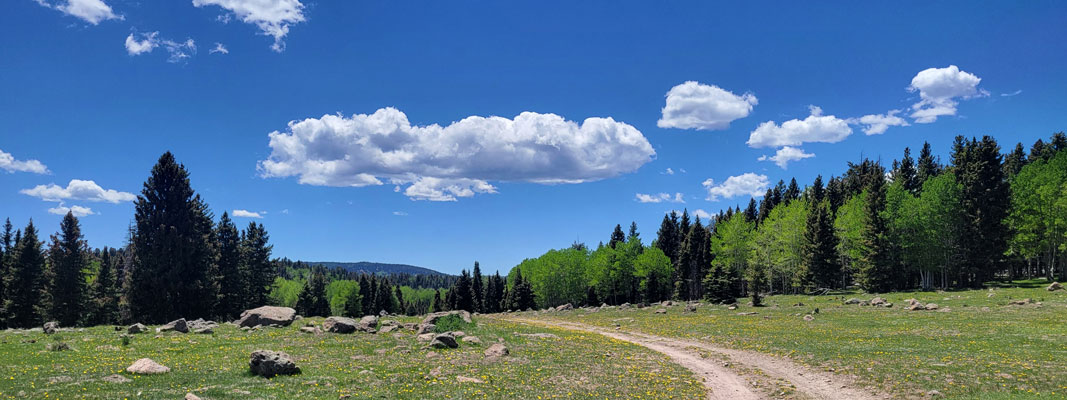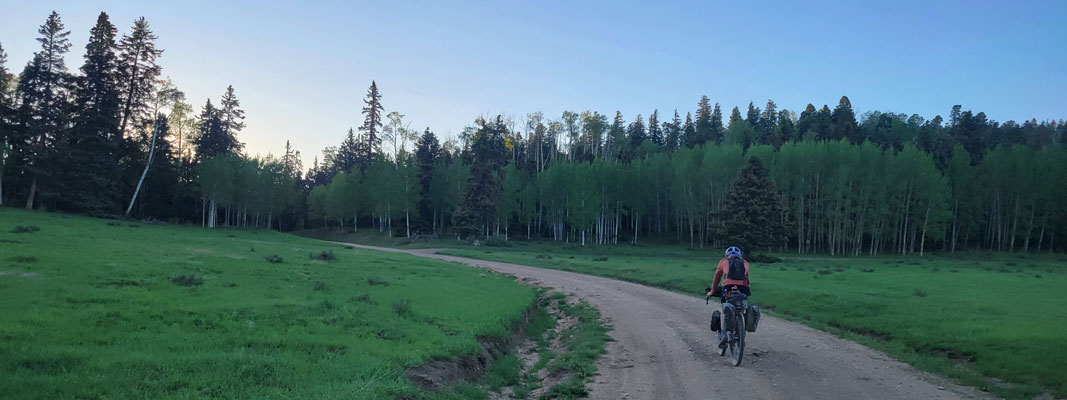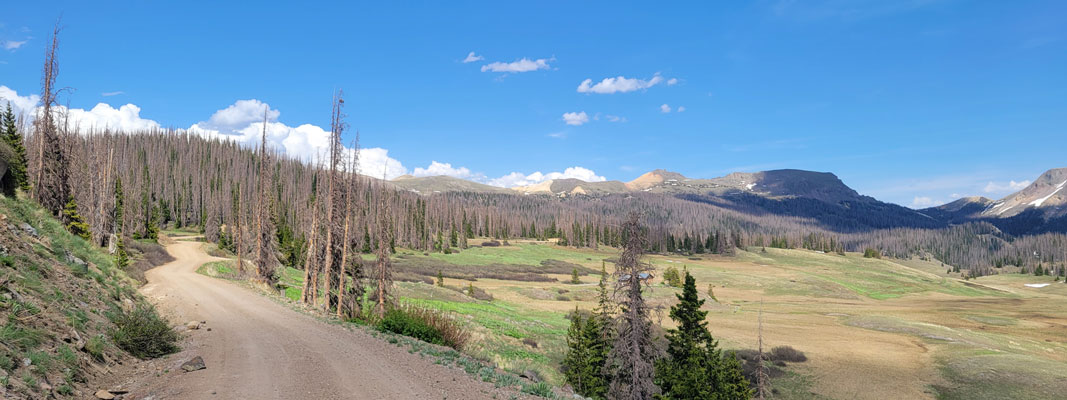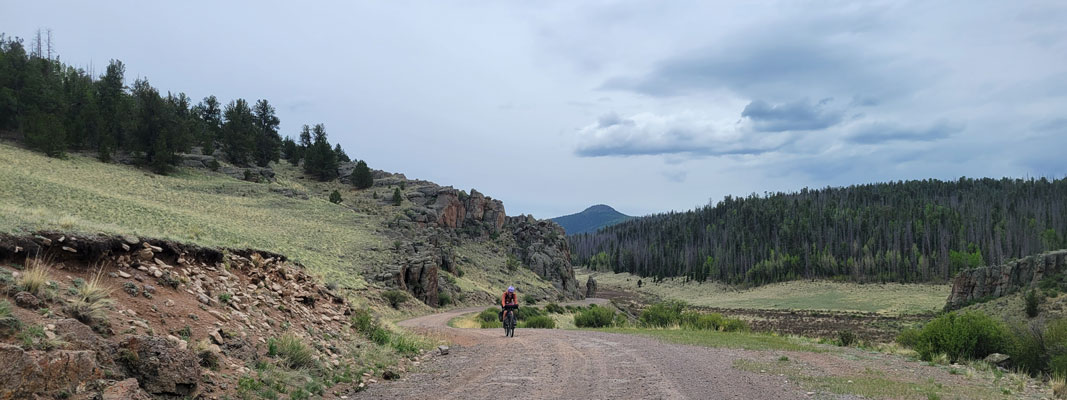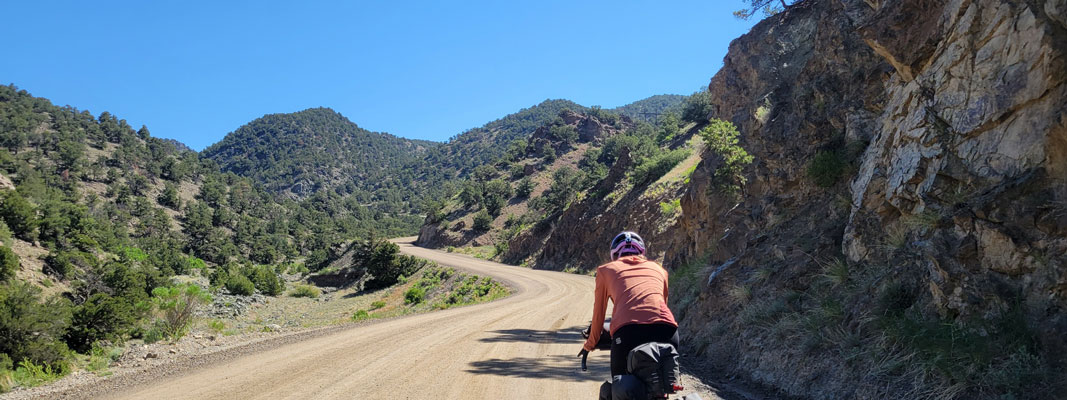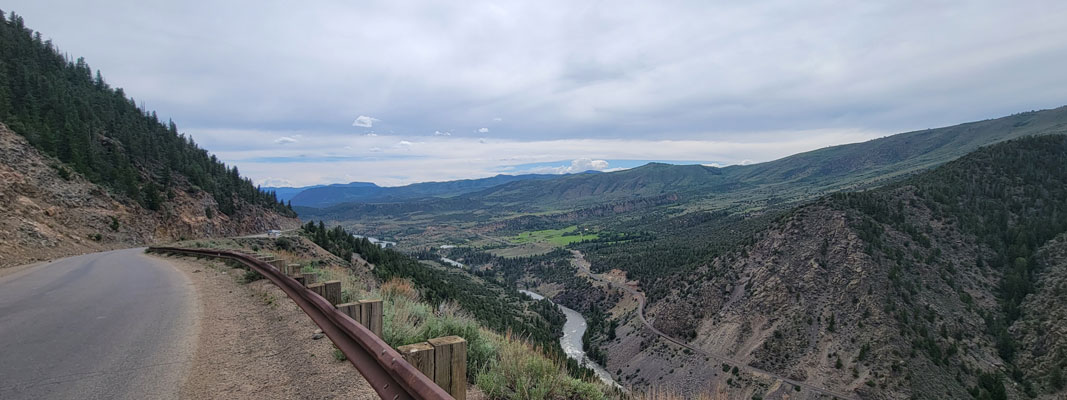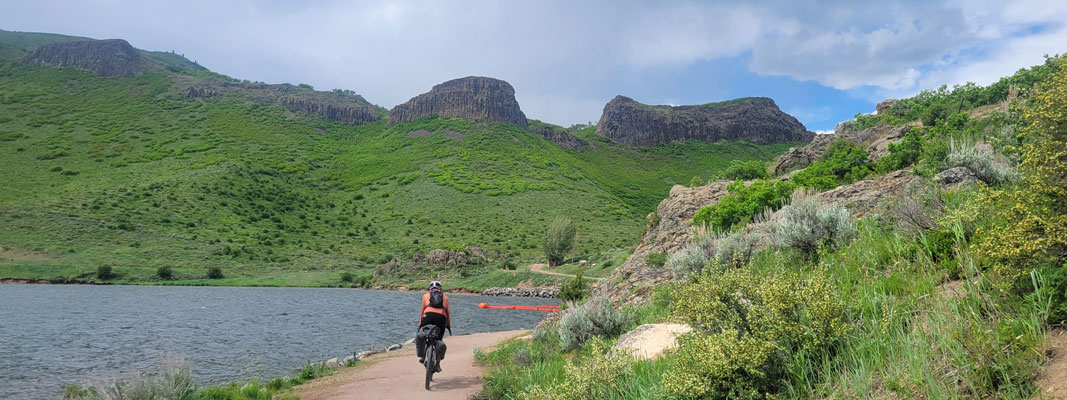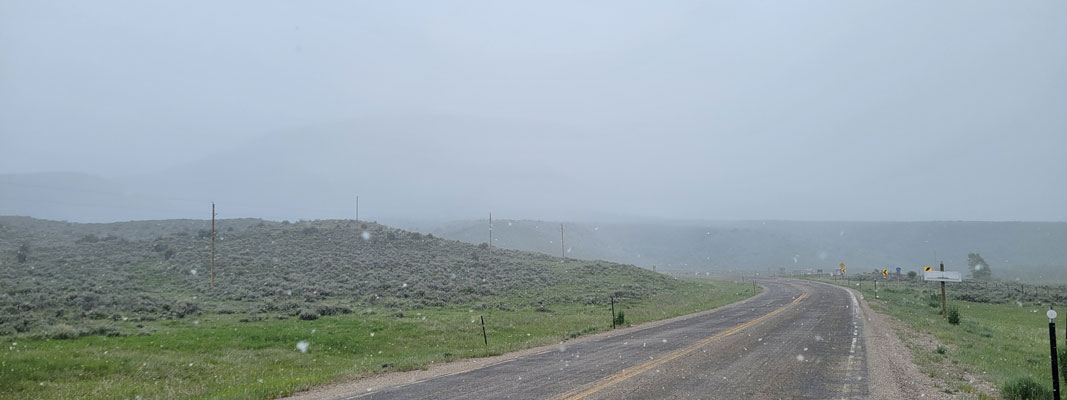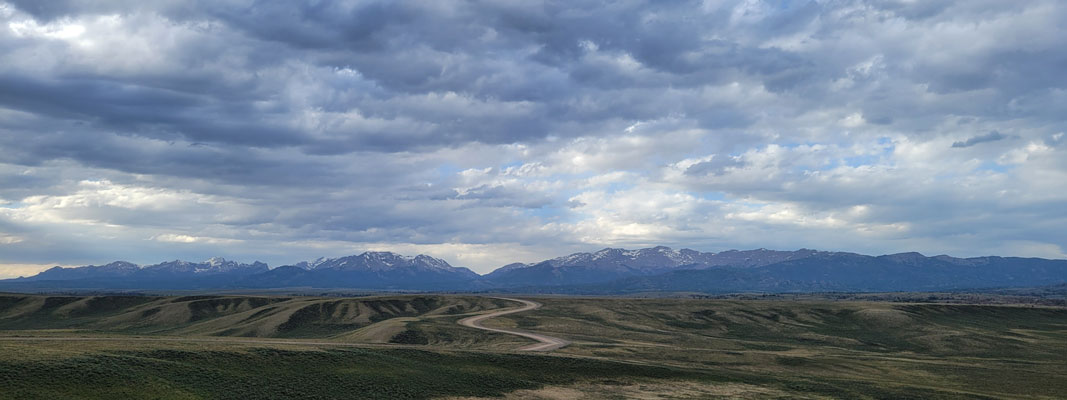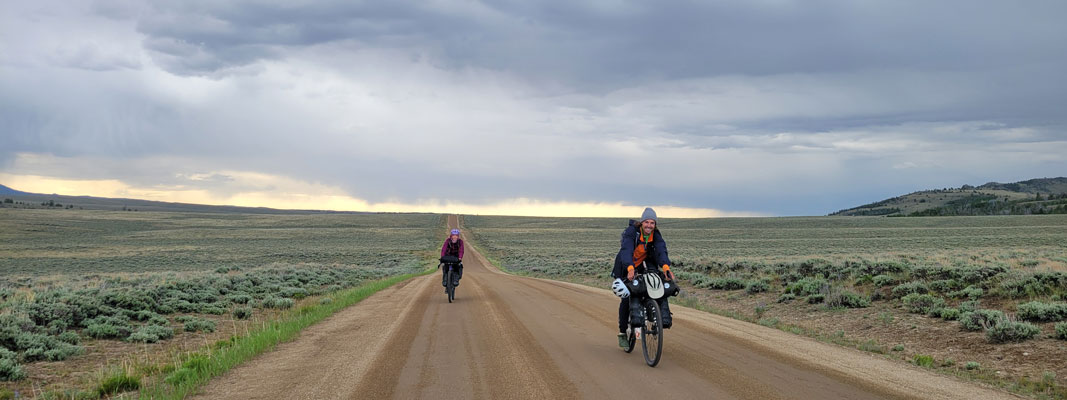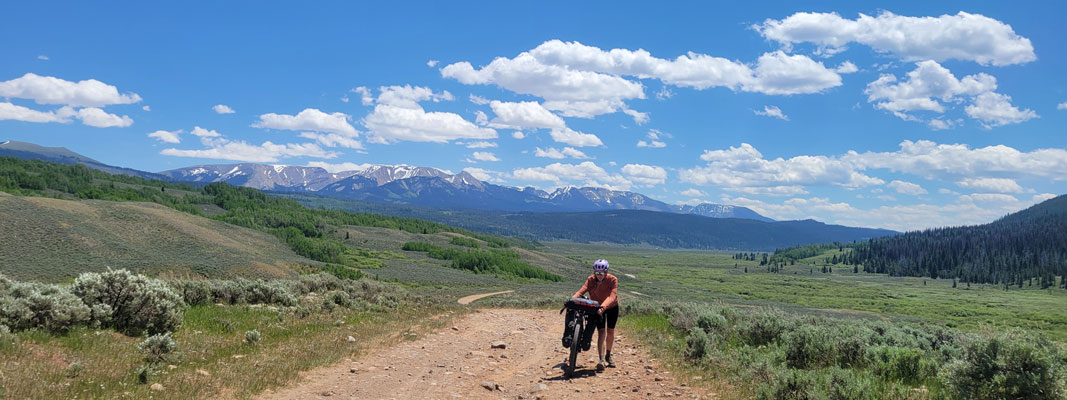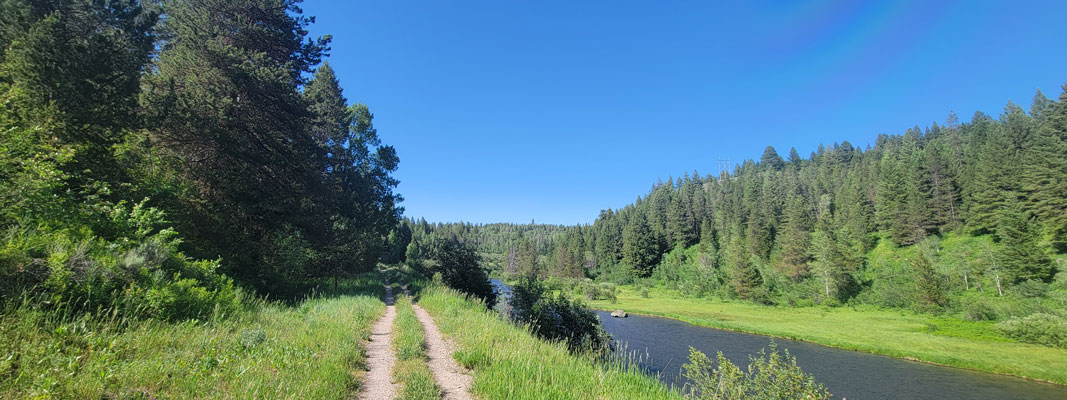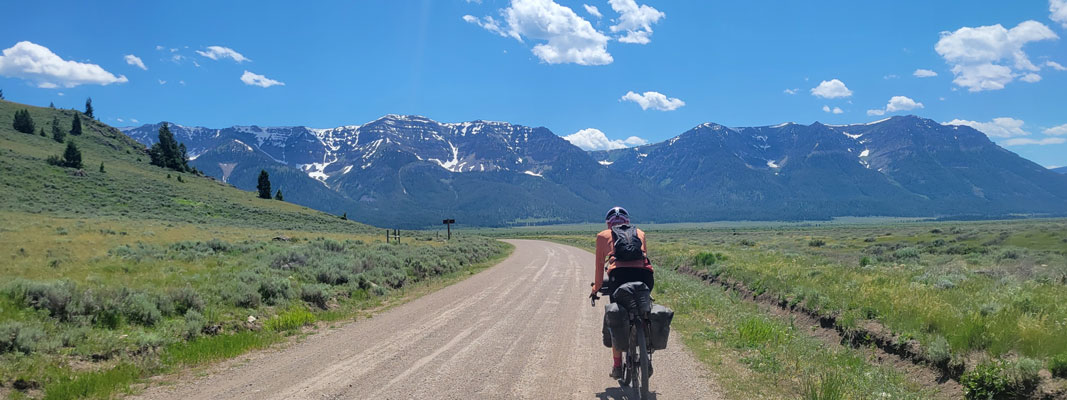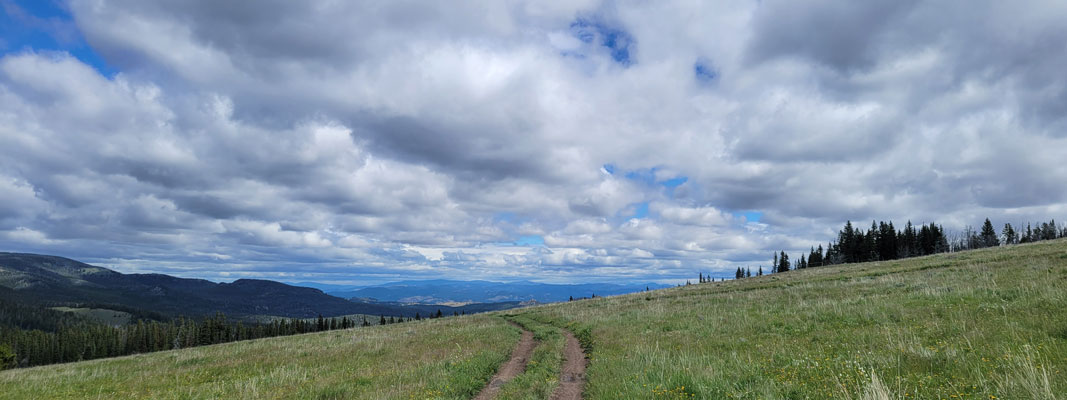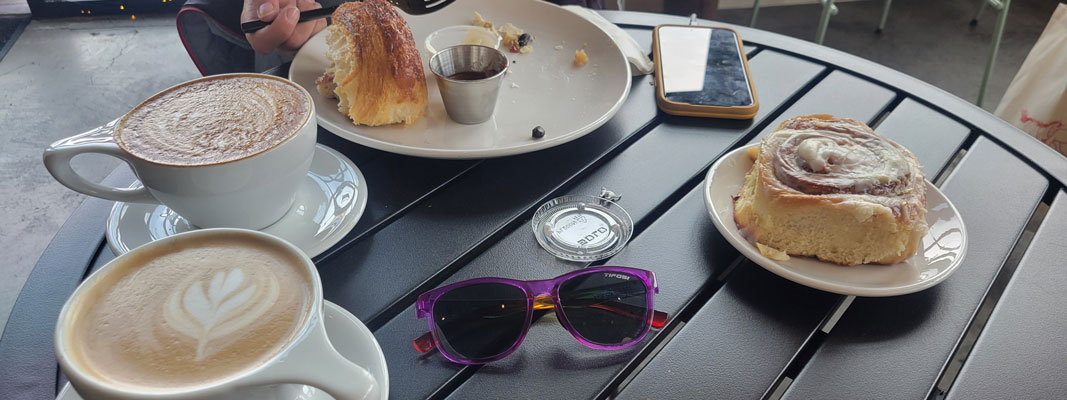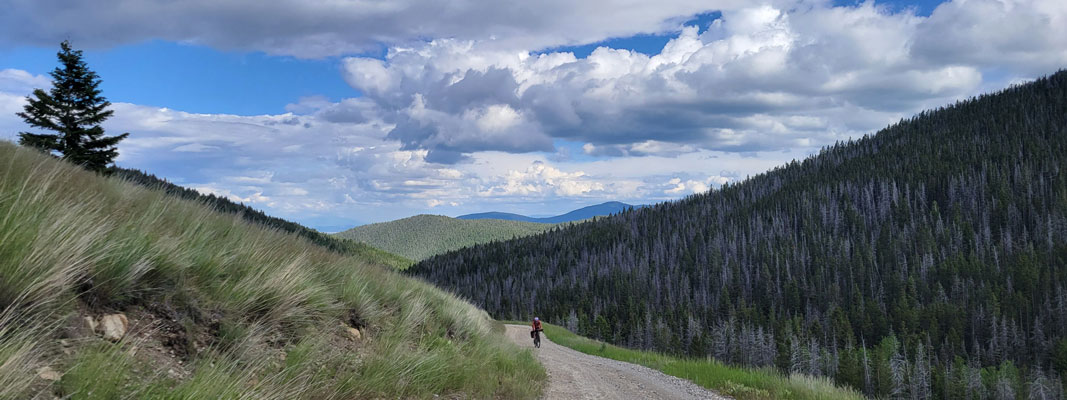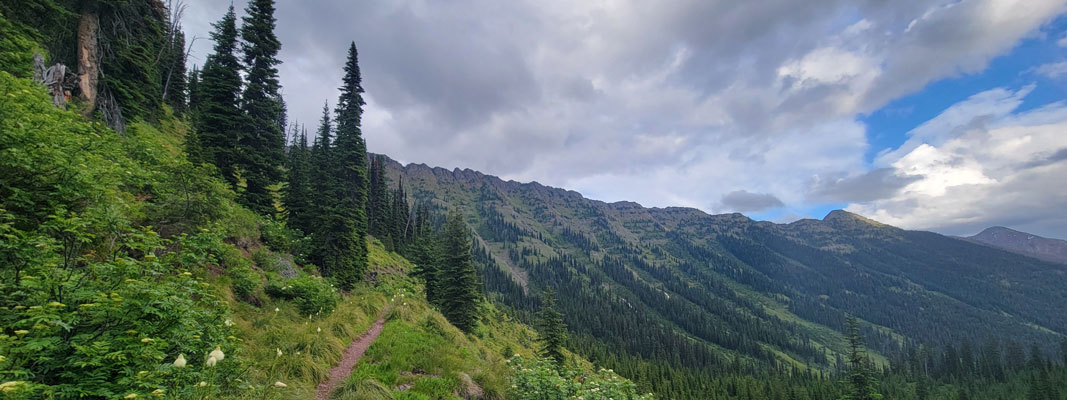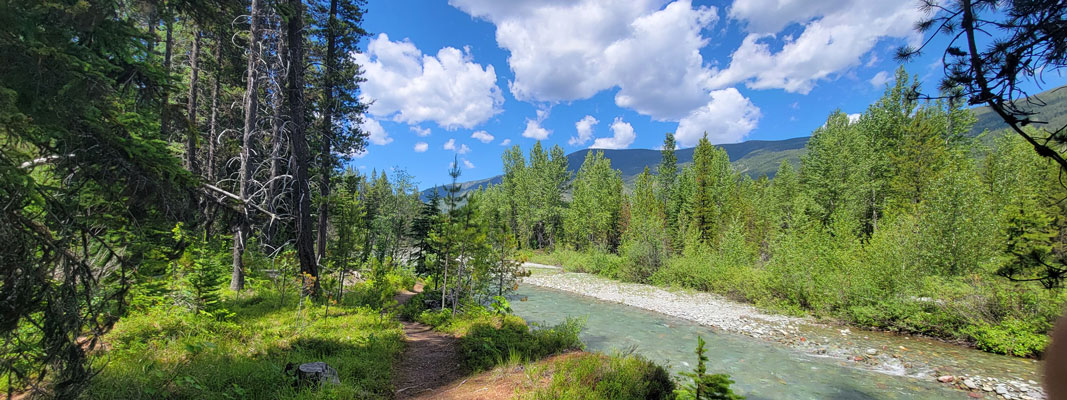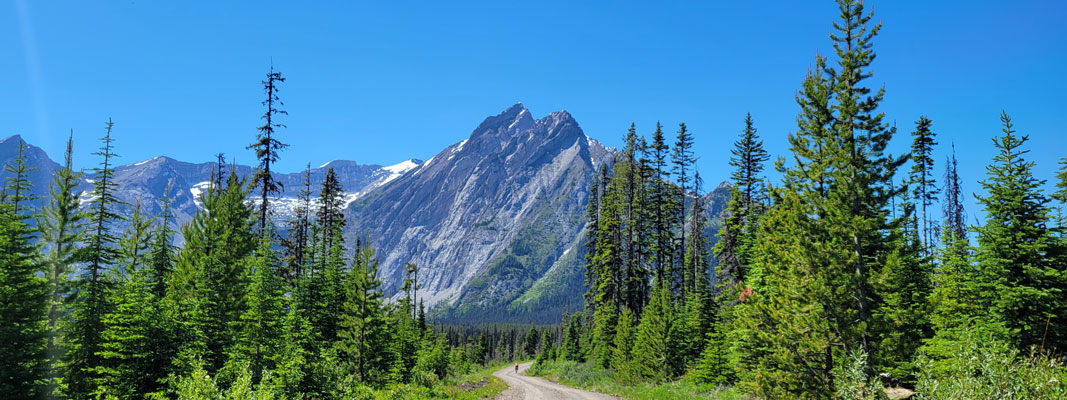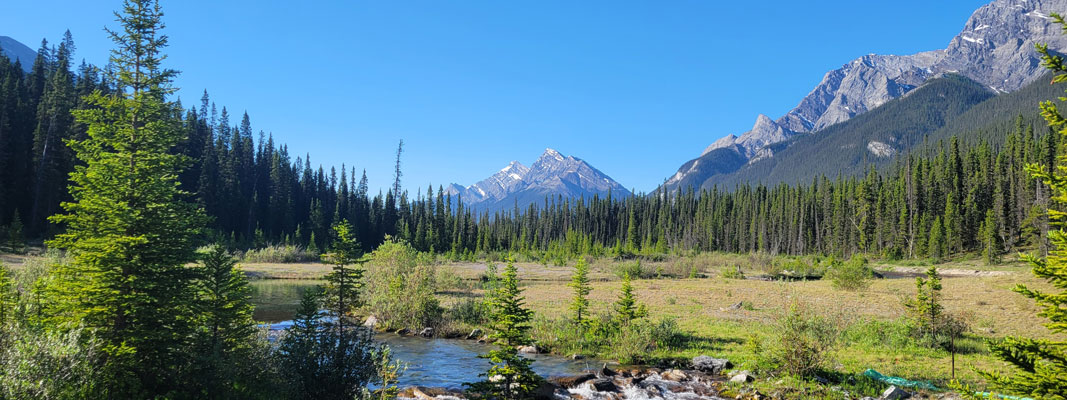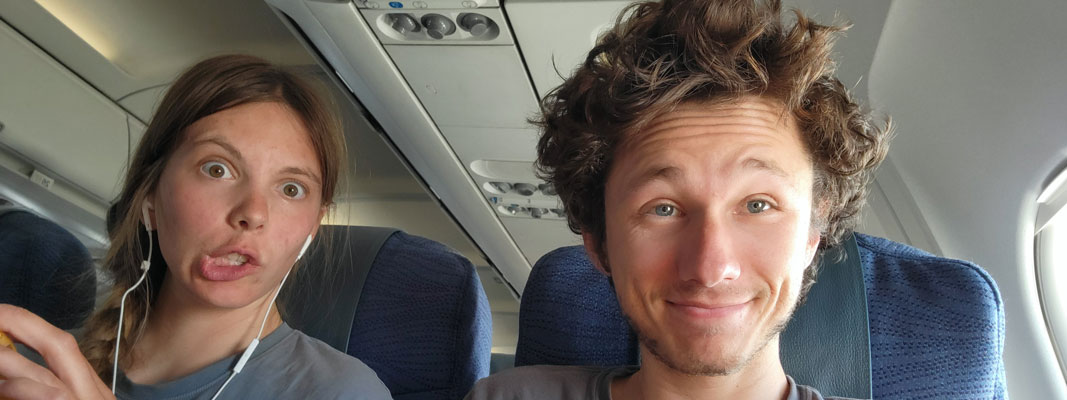Instructions
There are a few things to warn you about if you plan on using this as a daily guide. Please consider all of the below, as well as continuously use your common sense. There is a thing called Continuation Bias, which is when you proceed with the original plan even if it is no longer the best one. This can be exacerbated when you are stressed/tired/scared, and even working with someone you don't fully trust!
- In the daily guides, water and food markers like start/middle/end are not very exact indicators. Start may not be where you sleep, but it would be relatively close to the start of that day. A campsite might be a few miles from town, etc. Or middle might be 3/4 of the way in.
- Please please please be aware that the route and services along the route are likely to change yearly, monthly, and even daily. Ensure that you are using up to date information.
- The daily reports have both a RWGPS map as well as a Strava. The reason we included the RWGPS is so that you can easily see photos of the route where they were actually taken! Curious if a section is overgrown? Check if we have any photos from that section. It has a really cool elevation map that allows you to mouse over and see the position on the map. We included the Straca because it has a photo slideshow feature which means my website doesn't have to store and load hundreds of pictures! This means you can quickly look through the photos if you don't care about the more in depth stats.
- Some parts of the website are slightly nicer on a computer, but it should still work perfectly on the phone.
- Just a heads up, in google docs the sum of the daily write ups is 99 pages single spaced.
Our bike setups were phenomenal! Not only did they get us through the trip, they continue to ride well long after. There are many questions and concerns when choosing/building a bike for the Great Divide, and I hope to help. As an over-arching rule, any setup you choose will work swimmingly if you test and modify on repeat before the trip. You only need to stress things if you only have one chance to build the perfect rig.
While there is not a "perfect" rig, Elisa and I do have some thoughts on things to include and things to avoid.
- Suspension Fork - maybe. There were only a few chunks that had me wishing for a suspension fork. For the rest of the trip, the little bit of saved weight really adds up over time, as well as the efficiency of a rigid fork. If you are used to rough gravel on a rigid gravel bike, skip a sus-fork. If you notice fatigue one gravel day rides, then a sus-fork could be crucial for your trip.
- Electronic Drivetrain - Yes! Poppy used a 1x SRAM Transmission and Grizl used 2x Shimano GRX. We had no issues with either, but the Transmission system had less foot-downs when changing gear on rough/steep terrain. 1x was also nice, simply in the simplicity of shifting day after day after day. With 2x, cross chaining took a non-neglible part of my brainpower. We brought 3 spare batteries AND a charger, but quickly realized it was overkill and mailed home extras. At the end we had 1 spare battery and a charger, but could have gotten away with no spare battery.
- Tire Size - 50mm/2in wide or bigger. At times we were running INSANELY low pressure, like 10 psi on a fully loaded bike (mostly in the sand). We got lucky with the weather, and didn't ride in too much mud. As such, our relatively fast rolling dry tires were a great choice.
- Aero Bars - Unsure. There were a few times when an aero bar would have been nice, but I'm not sure they are worth the weight.
- Tubeless - Yes. Tubeless was a major win. We did bring extra sealant, spare tubes, and tube repair tools too. However, tubeless allowed for ultra low tire pressure, and who knows how many flats it prevented!
- Belt Drive - Maybe. I was happy with our setup, but I don't have anything against belt drives.
- Feed Bag - I wish, it would have helped with nutrition. We were often too lazy to dig around and find our food.
Unfortionately the travel logsitics of the Great Divide are a huge pain - slow, expensive, and tiring. Here is exactly what we did for the trip, and it was a great plan even in hindsight. We chose to drive to the start, partially because of cost, but also in order to avoid and issues with flying our bikes (either damage or delays). On the way home, this didn't apply and so we flew home.
To the Start
The first concession we made was to start in Columbus, NM instead of Antelope Wells, NM. The reason being, Antelope wells is much harder to get to, and Columbus works out to be the same distance overall. Long story short, we rented a car and started driving. Our first day was the Bay Area to Phoenix, a long drive motivated by a free bed with a friend.
On the second day, we drove from Phoenix to our hotel in Columbus. We then checked in to the hotel and unloaded our gear from the car into the hotel room. Then, we drove to the car drop in El Paso, TX with an empty car. We originally planned to Uber back to the hotel, but we got lucky and the hotel owner drove us from El Paso all the way back to Columbus!
On the morning of our first day, we biked South, crossing the border into Mexico to have an "Official" start!
From the End
We chose to end in Jasper, partially to avoid regret in the future, and partially because we heard good things about the Ice Parkway. No regrets, we loved it. There was a lot of debate regarding the route from Banff to Jasper (road vs gravel) and we were both very happy with our decision to take the road!
Our first night in Jasper we camped at a campsite south of town. Our second night, we stayed at the hotel downtown and used the bike shop to pack up our bikes. We then took a rather long bus to the Edmonton airport where we took another bus to a hotel and flew out the next day.
Tip Jar
tip jar in case you find this helpful and/or just want to support our next trip(s)










